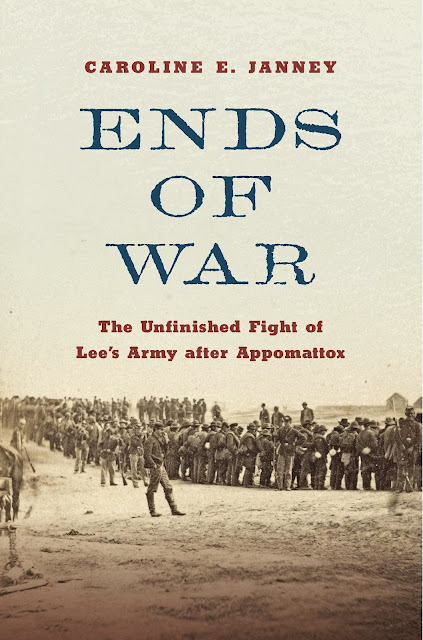Arnold Landon works in the Northumberland planning department. A part of his job in measuring and surveying for various development and land proposals is keeping his boss happy. That the boss only has the name of Chief Planning Officer tells you what you need to know about him, other than he doesn’t like mess and controversy. Landon’s a bachelor; his parents are deceased, and he lives in a small bungalow outside of town. He’s content with his life, a life with one extraordinary and abiding passion – wood. He may not have a college degree, professional certification, or any other formal recognition of authority, but Landon knows his wood, an understanding taught by his father.
And it is wood that gets in the way of a planning proposal. A company headed by a rather unsavory businessman from London wants to buy a rundown farm and develop it into a tourist attraction. Neighboring farmers and preservationists aren’t impressed; but many in the nearby town certainly are. The Planning Committee, which will or won’t approve the proposal, is divided.
Landon is well aware of the stakes involved; the farm’s owner is not particularly well liked, and for good reasons. Landon surveys the property, as his job requires him to do, and finds the Old Wheat Barn, which will be torn down with the rest of the buildings if the proposal is approved. And in that barn, Landon discovers something extraordinary – a wooden joint in a beam, one that could only have been carved in the 1300s by the medieval craftsman John of Wetherby. And that means the wheat barn is in a protected class of heritage buildings.
And from that discovery will flow murder and the discovery of secrets long buried in the past.
 |
| Roy Lewis |
Murder in the Barn by Roy Lewis was first published in 1982 under the title A Gathering of Ghosts. It is the first of 22 Arnold Landon novels, and it may be unique in having a planning department official as the series’ detective. This first story seems to start slow, with lots of information about Landon’s job. And then you discover you’re hooked and a fan of this unassuming man who stands for something seemingly wiped away in modern life.
Lewis is the author of some 60 other mysteries, novels, and short story collections. His Inspector Crow series includes A Lover Too Many, Murder in the Mine, The Woods Murder, Error of Judgment, and Murder for Money, among others. The Eric Ward series, of which The Sedleigh Hall Murder is the first (and originally published as A Certain Blindness in 1981), includes 17 novels. Lewis lives in northern England.
I thoroughly the Eric Ward series by Lewis, and I liked his Inspector John Crow series. If Murder in the Barn is any indication of what’s to come, Arnold Landon may end up being my favorite.
Related:
Error in Judgment by Roy Lewis.


















